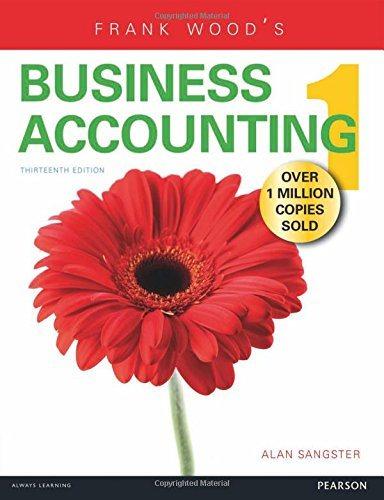12-37 3.5 Items 1 through 8 are selected questions of the type generally found in internal control questionnaires used by auditors to obtain an understanding of internal control in the revenue cycle. In using the questionnaire for a particular client, a "yes" response to a question indicates a possible internal control, whereas a "no" indicates a potential weakness. 1. Are sales invoices independently compared with customers' orders for prices, quantities, extensions, and footings? 2. Are sales orders, invoices, and credit memoranda issued and filed in numerical sequence, and are the sequences accounted for periodically? 3. Are the selling function and cash register functions independent of the cash receipts, shipping, delivery, and billing functions? 4. Are all COD, scrap, equipment, and cash sales accounted for in the same manner as charge sales, and is the record-keeping independent of the collection procedure? 5. Is the collection function independent of, and does it constitute a check on, billing and recording sales? 6. Are customer master files balanced regularly to general ledger control accounts by an cmployce independent of billing functions? 7. Are cash receipts entered in the accounts receivable system by persons independent of the mail-opening and receipts-listing functions? 8. Are reccipts deposited intact on a timcly basis? REQUIRED a. For each of the Items 1 through 8 , state the transaction-related audit objectives being fulfilled if the control is in effect. b. For each control, list a test of control to test its effectiveness. c. For each of the items above, identify the nature of the potential financial misstatements. d. For cach of the potential misstatements in Part c. list an audit procedure to detcrmine whether a material error exists. 12-37 3.5 Items 1 through 8 are selected questions of the type generally found in internal control questionnaires used by auditors to obtain an understanding of internal control in the revenue cycle. In using the questionnaire for a particular client, a "yes" response to a question indicates a possible internal control, whereas a "no" indicates a potential weakness. 1. Are sales invoices independently compared with customers' orders for prices, quantities, extensions, and footings? 2. Are sales orders, invoices, and credit memoranda issued and filed in numerical sequence, and are the sequences accounted for periodically? 3. Are the selling function and cash register functions independent of the cash receipts, shipping, delivery, and billing functions? 4. Are all COD, scrap, equipment, and cash sales accounted for in the same manner as charge sales, and is the record-keeping independent of the collection procedure? 5. Is the collection function independent of, and does it constitute a check on, billing and recording sales? 6. Are customer master files balanced regularly to general ledger control accounts by an cmployce independent of billing functions? 7. Are cash receipts entered in the accounts receivable system by persons independent of the mail-opening and receipts-listing functions? 8. Are reccipts deposited intact on a timcly basis? REQUIRED a. For each of the Items 1 through 8 , state the transaction-related audit objectives being fulfilled if the control is in effect. b. For each control, list a test of control to test its effectiveness. c. For each of the items above, identify the nature of the potential financial misstatements. d. For cach of the potential misstatements in Part c. list an audit procedure to detcrmine whether a material error exists








